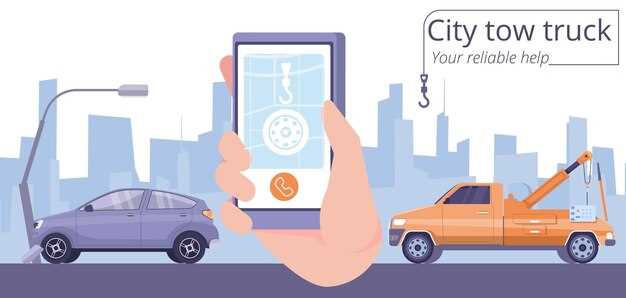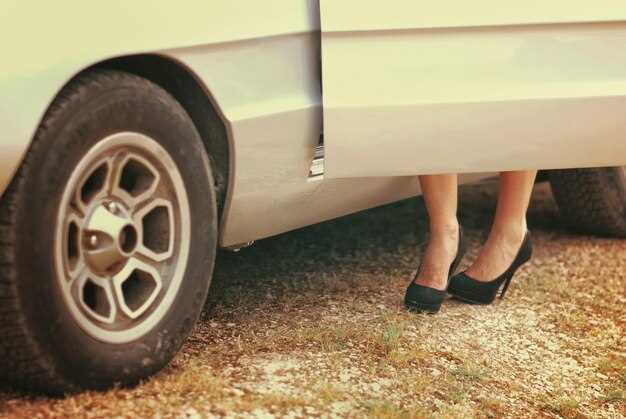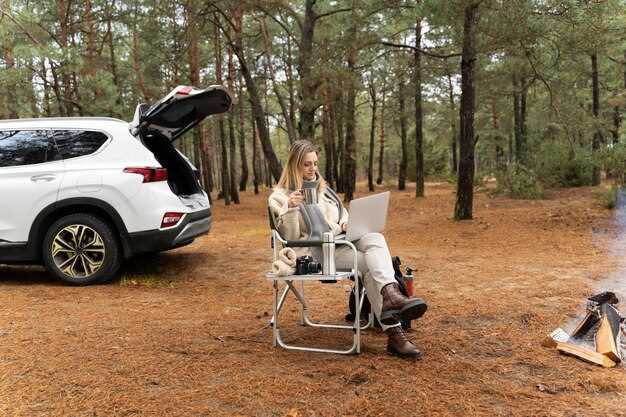How to Transport Your VW to the Track

Taking your beloved VW to the track can be an exhilarating experience, but ensuring it arrives safely is just as crucial as the excitement of racing. Transporting a car requires careful planning, and understanding the right techniques and equipment can make all the difference. Whether you’re a seasoned racer or a first-time participant, knowing how to properly load and transport your VW on a trailer is essential for preventing damage and ensuring a smooth journey.
When it comes to transporting your VW, a few essential tips can greatly enhance the overall efficiency of the process. First, it’s vital to choose the right trailer that can accommodate the specific model of your VW. Ensure the trailer is rated for the weight and size of your vehicle, as this will contribute to safe and stable transport. Additionally, familiarize yourself with the proper loading techniques to prevent any mishaps during transit.
Preparation is key to a successful transport. Before you load your VW onto the trailer, perform a thorough inspection to check for any mechanical issues. Secure all loose items inside the vehicle and ensure that any modifications, such as low-profile spoilers or aftermarket parts, are protected. By following these guidelines and utilizing the right equipment, you can make transporting your VW to the track both safe and efficient.
Choosing the Right Trailer for Your VW Model
Selecting the appropriate trailer for your VW model is essential for ensuring safe and efficient transport to the track. Different models have unique specifications and requirements, so it’s important to consider several factors before making a decision.
Firstly, assess the weight and dimensions of your VW. Different trailers have varying weight capacities, and it’s crucial to choose one that can adequately support your vehicle without exceeding its limits. For instance, a compact VW might only need a lighter-duty trailer, whereas larger models, like the VW Bus, require a more robust option.
Next, consider the type of trailer that best suits your needs. Enclosed trailers provide protection from the elements and security for your vehicle, while open trailers are typically more affordable and easier to load. If you’re transporting multiple vehicles or plan to store your VW long-term, an enclosed trailer may be beneficial.
Another key factor is the trailer’s axle configuration. Single-axle trailers are generally lighter and easier to maneuver, but double-axle options offer more stability during travel, especially at higher speeds. Consider what type of driving conditions you will encounter to make the best choice.
Additionally, ensure that the trailer is equipped with the proper safety features, such as reliable brakes, tie-down points, and lighting. These features enhance safety during transport and minimize the risk of accidents on the road.
Finally, consult with fellow VW enthusiasts or professionals for recommendations based on your specific model. Gathering tips from those who have experience in transporting VWs can provide valuable insights and help you avoid common pitfalls.
Securing Your VW for Safe Transport

When transporting your VW, ensuring its security is of utmost importance. Here are some essential tips to help you secure your vehicle effectively.
First, consider using strong tie-down straps. These should be rated for the weight of your VW to prevent any shifting during transit. Place the straps over solid anchor points on the vehicle, such as the frame or designated tie-down locations, to maintain stability.
Next, utilize wheel chocks to prevent rolling. Placing chocks against the front and rear tires not only keeps your VW stationary but also adds an extra layer of security against movement during transport.
Padding is also vital when securing your vehicle. Use blankets or foam pads around sensitive areas, like the mirrors and bumpers, to avoid any scratches or damage that may occur from vibration or shifting.
Always choose the right transport method for your VW. Enclosed trailers provide added protection from the elements and external debris. If using an open trailer, cover your vehicle with a breathable car cover to protect against dust and moisture.
Before beginning your journey, perform a thorough inspection. Check the tie-downs to ensure they are tight and secure, and verify that there are no loose parts on your VW that could become a hazard during transit. Regular stops during transport are key to reassessing security and making adjustments if needed.
By following these tips, you can ensure that your VW is secured and transported efficiently, allowing you to focus on enjoying your time at the track.
Planning Your Route and Logistics for Track Days

When preparing to transport your VW to the track, careful planning of your route and logistics is essential. Start by mapping out the most efficient way to reach the destination. Utilize GPS applications that provide real-time traffic updates and suggest the best paths to avoid delays. Consider the distance, road conditions, and any potential obstacles that could disrupt your journey.
Next, ensure your trailer is well-maintained and suitable for the task. Verify its weight capacity, compatibility with your VW, and that all safety features, such as lights and brakes, are functional. Proper loading techniques are crucial; secure your VW effectively to prevent any movement during transport.
Moreover, consider the timing of your departure. Leaving during off-peak hours can minimize travel time and enhance safety. If you’re heading to a track day with multiple participants, coordinating with friends can lead to a more streamlined experience. Consider carpooling with others who are also bringing their vehicles, as this can reduce costs and make logistics simpler.
Lastly, have a plan for parking and unloading at the track. Familiarize yourself with the venue’s layout and where to position your trailer once you arrive. Preparing your route and logistics in advance will ensure a smooth and enjoyable track day experience with your VW.



